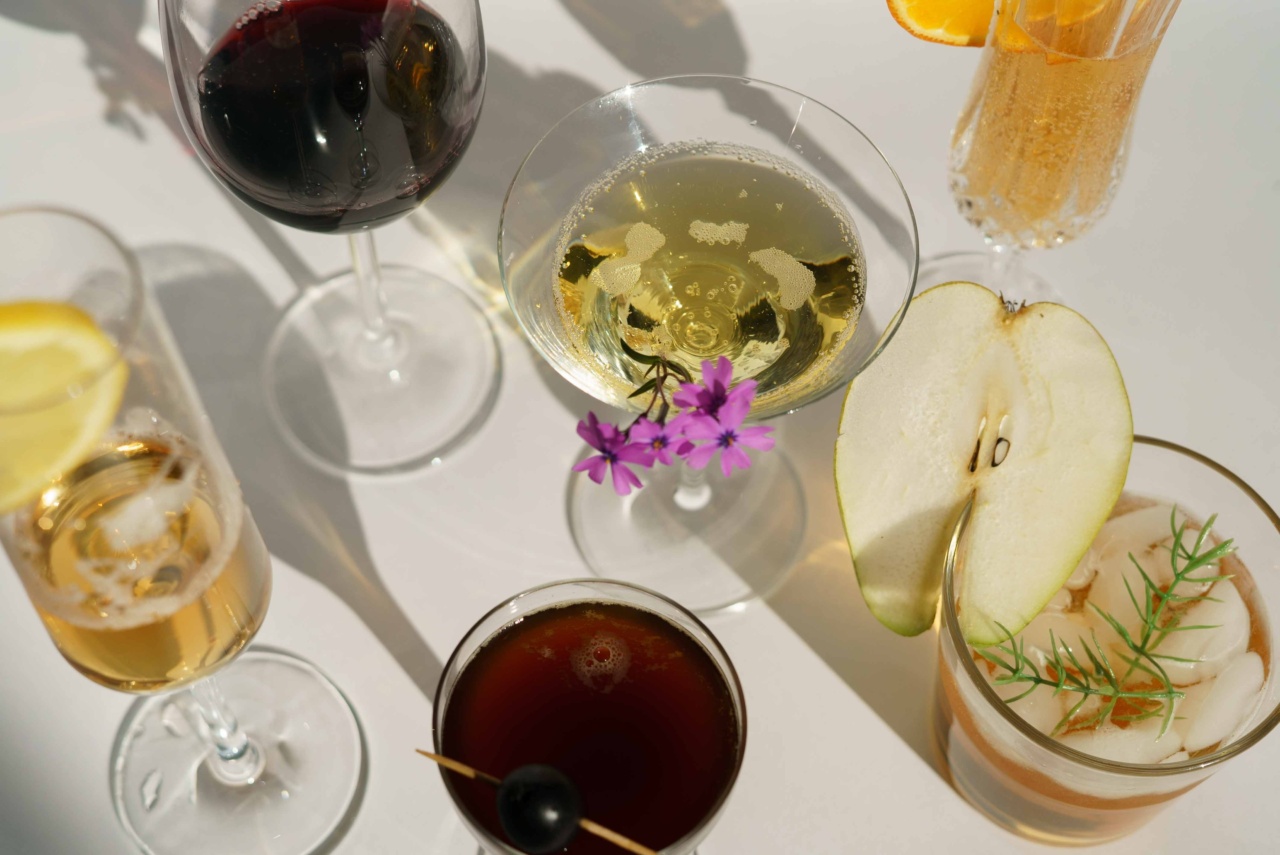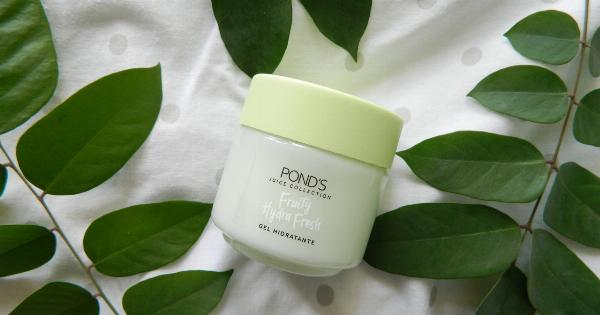Waxing is a popular method of hair removal that provides smooth and long-lasting results. However, there are certain precautions that need to be taken before and after a waxing session to ensure a successful and safe experience.
One such precaution is avoiding alcohol consumption before and immediately after waxing. In this article, we will explore why alcohol and waxing are a recipe for disaster and the potential risks associated with combining the two.
What happens to your body when you consume alcohol?
Alcohol is a diuretic, meaning it increases urine production and promotes dehydration in the body. When you consume alcohol, it affects your body in various ways:.
- Dehydration: Alcohol causes the body to lose more fluids, leading to dehydration. This can have a negative impact on the skin’s moisture levels, making it more prone to dryness and sensitivity.
- Blood thinning: Alcohol acts as a blood thinner, which can lead to increased bleeding during a waxing session. Excessive bleeding can make it challenging for the wax to adhere properly to the hair, resulting in less effective hair removal.
- Inflammation: Alcohol consumption can cause inflammation in the body. Inflammation can make the skin more sensitive, which may result in heightened pain and discomfort during waxing.
The dangers of alcohol and waxing
Combining alcohol with waxing can create a dangerous situation for several reasons:.
- Increased pain: Alcohol consumption before waxing can amplify pain receptors in the body, making the waxing process more uncomfortable than usual. Waxing can already be a slightly painful procedure, and adding alcohol to the equation can intensify the experience.
- Higher risk of injury: Alcohol impairs judgment and coordination, increasing the chances of accidental injuries during waxing. This includes burns, excessive pulling of the skin, or even removing more hair than intended.
- Delayed healing: Waxing involves the removal of hair from the root, which can cause minor skin irritation. Alcohol can delay the skin’s healing process, making it more challenging for the skin to recover from any potential damage caused during waxing.
- Risk of infection: Alcohol weakens the immune system, making the body more susceptible to infections. Waxing can sometimes lead to minor cuts or micro-tears in the skin, and the combination of alcohol and open wounds increases the risk of infection.
- Increased sensitivity: Alcohol can make the skin more sensitive and prone to redness and irritation. Waxing, especially on sensitive areas like the bikini line or face, can already cause some level of skin irritation. Combining alcohol with waxing can heighten this sensitivity and lead to more significant skin reactions.
Precautions before and after waxing
To ensure a safe and successful waxing experience, it is crucial to follow these precautions:.
- Avoid alcohol: Refrain from consuming alcohol at least 24 hours before and after a waxing session. This will allow your body to remain hydrated and reduce the risk of complications.
- Stay hydrated: Drink plenty of water before and after waxing to keep your body hydrated. Hydrated skin is more elastic and less prone to irritation, making the waxing process smoother.
- Test sensitivity: If you are trying a new waxing product or going for a waxing service for the first time, it is advisable to do a sensitivity test on a small patch of skin before proceeding with the full treatment. This will help identify any potential allergic reactions or adverse effects.
- Take care of your skin: After waxing, follow a proper skincare routine to soothe and nurture your skin. This may include using gentle, non-irritating products and avoiding harsh chemicals or heavy fragrances.
- Avoid heat and friction: For the first 24 hours after waxing, avoid hot showers, sun exposure, saunas, steam rooms, and activities that cause excessive sweating. Heat and friction can further irritate the skin and lead to complications.
Conclusion
Waxing is a widely chosen method for hair removal due to its effectiveness and long-lasting results. However, it is essential to remember that alcohol and waxing do not mix well.
Alcohol can increase the chances of pain, injury, delayed healing, infection, and skin sensitivity during and after waxing. To ensure a safe and successful waxing experience, it is recommended to avoid alcohol consumption before and immediately after a waxing session.
By following the necessary precautions and caring for your skin, you can achieve the desired results without risking any complications.




























